In 1883, Robert Louis Stevenson published his book Treasure Island about the adventures and romance of being a pirate. Pet parrots, treasure maps, wooden-legged seamen, and sending prisoners to walk the plank became stereotypical of pirates on the high seas.
Walt Disney latched on with Captain Hook’s crew in Peter Pan and Captain Jack Sparrow in Pirates of the Caribbean. According to University of Florida Masters Degree candidate and middle school teacher Jason Acosta, most of it is rubbish.
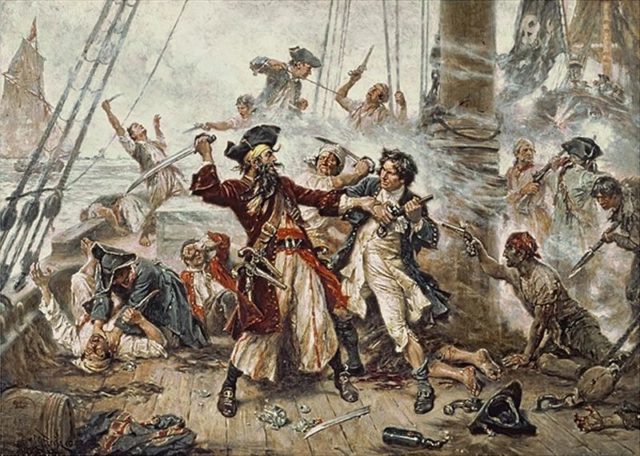
According to Acosta, pirate ships had a strict checks and balance system and democratic policies akin to the Declaration of Independence and the U.S. Constitution.
Usually, if not appointed by a higher authority sponsoring the ship, the Captain was elected; an assembly resembling the U.S. Congress was put together and the quartermaster acted as a judge to resolve disputes and keep the Captain in check. The charter was written up and signed by all of the sailors, and anyone who was disfigured or incapacitated during battle was compensated upon return to port.
As well a certain Pirate Code existed among captains and ships which detailed 11 guidelines for crew to follow in order to bring a semblance of order among what we commonly think of as lawless vagabonds.
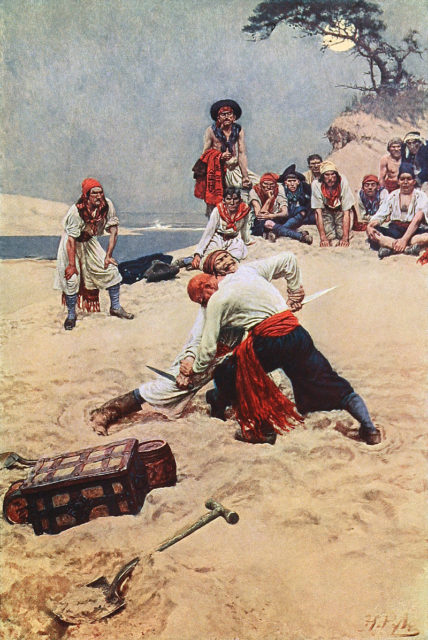
The men were fed and treated well. Escaped black slaves were treated equally and had a vote. Colonists being bled dry by British taxes and sailors on merchant ships who were usually treated badly saw a much better life as pirates. In his thesis, titled Piracy’s Influence in the Atlantic World, Acosta maintains that pirates helped boost the American colonies’ trade capabilities and even act as mediators among disputes between peoples.
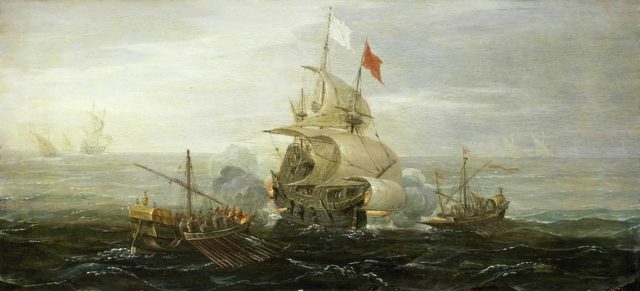
From the 1500s until the mid-1800s, often referred to as the golden age of pirates, they seized millions of dollars in silver and gold as well as spices, silk, and other luxury fabrics, reselling the items and spending money in the colonies and Jamaica when British ships with supplies became less frequent.
The pirates also helped Great Britain maintain their hold on the colonies by causing Spain to partially retreat because of the constant harassment of their ships. Pirates were able to establish peaceful relations with Native Americans thereby learning the lay of the land and making much more detailed maps and finding new sources of supplies.
Related Video: Check out some of the most classic and hilarious Pirate slang:
https://youtu.be/1kXQnhJtlso
Other than Edward Teach, known as Blackbeard, pirates were not all dreadlocked ruffians as portrayed by Johnny Depp. Sir Francis Drake pirated for Queen Elizabeth I attacking mostly Spanish ships because of his and the Queen’s loathing of Spain’s King Philip II.
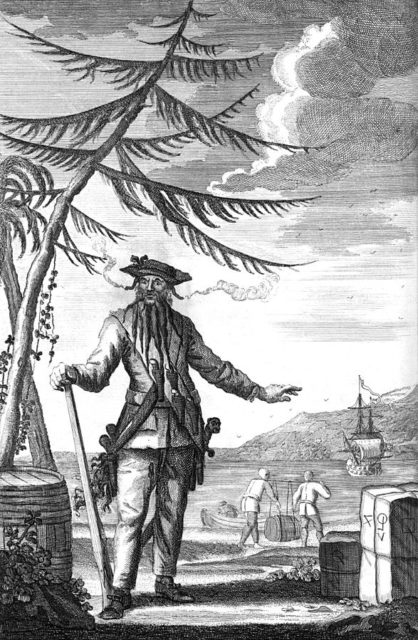
Drake piloted the first British ship to sail in the Pacific Ocean, previously the domain of Spain, opening unknown international waters. Piracy has been around in one form or another since humans first took to the water. From 1400 to about 1200 BC, the Lukkans of Turkey harassed Egyptian ships. From 1000 to about 500 BC, the Cretans raided other ships, mostly to capture women and children to be sold as slaves.
In 75 BC, a young future Roman Emperor, Julius Caesar, was captured by pirates in the Aegean Sea and held for the ransom of 20 talents. According to Plutarch’s Parallel Lives, this amused Caesar who decided he was worth at least 50.
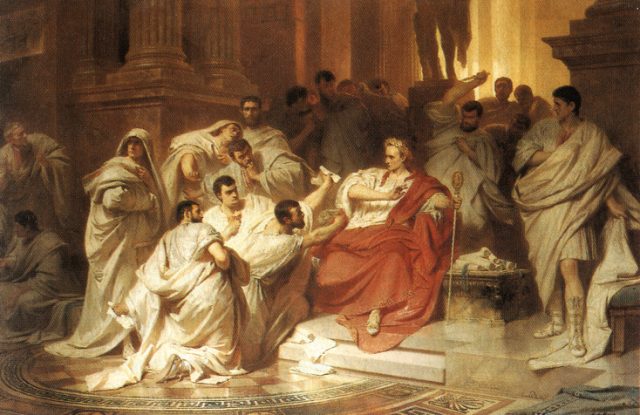
For about 50 years around 800 AD, Scandinavian pirates attacked inhabitants of the English coast. In the 1800s, U.S. President Thomas Jefferson sent the Navy and Marines to attack pirate bases on the Barbary Coast of North Africa.
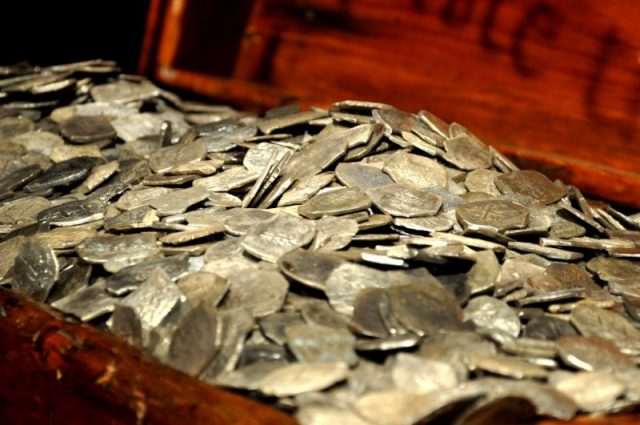
Not all pirates were men. Laura Sook Duncombe has written a book, Pirate Women: The Princesses, Prostitutes, and Privateers Who Ruled the Seven Seas. Duncombe tells us that some women were attracted to piracy to escape the harsh rules women were required to follow. Others turned to piracy rather than the demeaning work of prostitution, because they had no other means of financial support.
One particular woman was Cheng I Sao, a former Chinese brothel owner who commanded a fleet of over 80,000 pirates at the height of her power in the first 10 years of the 19th century. She was a force to be reckoned with, and she had specific rules as to conduct on the ships. Sexual misbehavior with a female prisoner brought instant and extreme capital punishment.
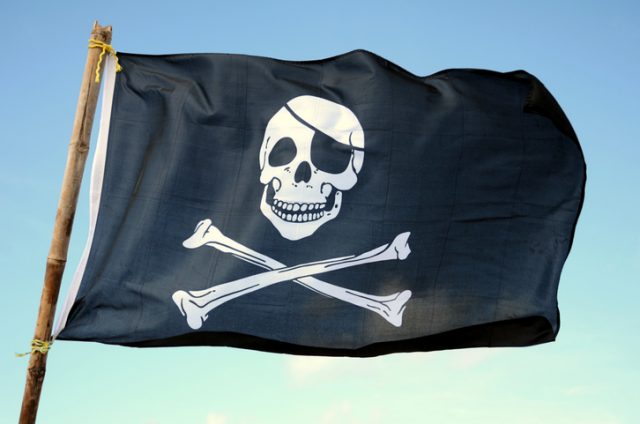
Much of what we know about pirates comes to us from films and other elements of pop culture which have portrayed the crude, unintelligible version of the pirate. However evidence of their rules-based system and ahead-of-its-time democratic principles fly in the face of that notion.
Read another story from us: A Shattered Love Gave Rise to the Most Vengeful Female Pirate in History
We all enjoy the swashbuckling, peg-legged caricatures of pirates we see in movies and cartoons. It is, however, fascinating to know that there were groups we often think of as somewhat barbaric who were, in fact, interestingly democratic.
